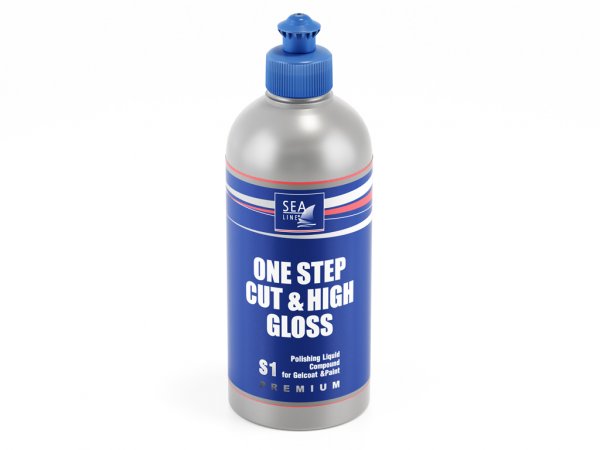
NO SILICONE
TEXTURE :
PACKAGING:
APPLICATION METHODS:
Sea-Line® S1 PREMIUM guarantees obtaining a very high gloss on the surface in one-step polishing process.
S1 Premium Compound is designed for surfaces difficult to polish, such as varnishes (also polyurethane ones) plexi or polycarbonates and laminates. At the same time the used polishing grain gives a very high gloss and efficiently removes defects and grinding scratches after using sandpaper of gradation from P800. (in case of dark colours after using sandpaper of gradation <P1200).
The compound is provided in the form of liquid, it allows for a precise dosing of appropriate amount, depending on the type of the surface that is being polished.
| Surface | gelcoat, polyurethane paints and varnishes, plexi, polycarbonate | |||
| Function | removing defects from the surface gloss restoring | |||
| Consistency | liquid – creame paste | |||
| surface preparation * | mechanical grinding | manual grinding | ||
| light color | dark color | light color | dark color | |
| gelcoat | P800 ⇒ | P1200 ⇒ | P1200 ⇒ | P1500 ⇒ |
| polyurethane paint | P800 ⇒ | P1200 ⇒ | P1200 ⇒ | P1500 ⇒ |
| plexi, polycarbonate | P1500 ⇒ | P1500 ⇒ | P2000 ⇒ | P2000 ⇒ |
| high hardness surfaces | P1200 ⇒ | P1500 ⇒ | P1500 ⇒ | P2000 ⇒ |
* grinding paper minimal gradation
Surface preparation :
Clean the surface destined for polishing. If removing defects is necessary, polish the surface with sandpaper of the following gradation preliminary polishing: <P500
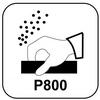 Polish the surface with sandpaper of final gradation : P800 →.
Polish the surface with sandpaper of final gradation : P800 →.
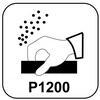 Dark colours or hard surfaces polish the surface with sandpaper of final gradation : P1200 →.
Dark colours or hard surfaces polish the surface with sandpaper of final gradation : P1200 →.
More applicators Sea-Line® / BRAYT
(code: 300006613)
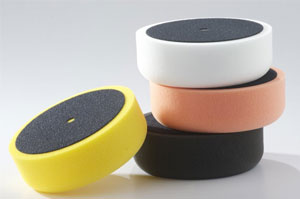 Polishing sponge whit velcro :
Polishing sponge whit velcro :
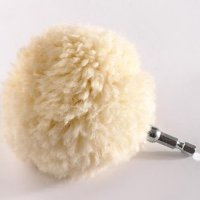 Polishing wool BALL (80mm) Sea-Line :
Polishing wool BALL (80mm) Sea-Line :
(Kod : 300006619)
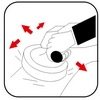 Clean the surface, apply the compound onto an element or head (wool or tough sponge)
Clean the surface, apply the compound onto an element or head (wool or tough sponge)
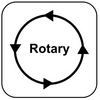 Apply the compound at minimum rotations on the whole surface that is being polished (800-1000 rotations/min) polishing until it changes colour and the compound changes its texture
Apply the compound at minimum rotations on the whole surface that is being polished (800-1000 rotations/min) polishing until it changes colour and the compound changes its texture
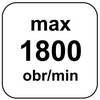 Slowly increase the speed max. to 1800 RPM working with a little pressure
Slowly increase the speed max. to 1800 RPM working with a little pressure
Further steps :
 Clean the surface. In order to protect the surface, it is recommended to use:
Clean the surface. In order to protect the surface, it is recommended to use:
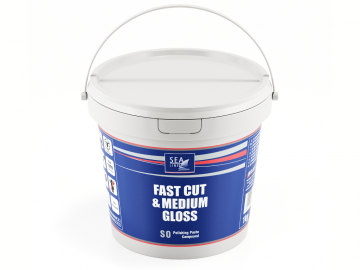
S0 POLISHING COMPOUND – FAST CUT & MEDIUM GLOSS Cut level = 8 Gloss level = 6 NO SILICONE TEXTURE […]
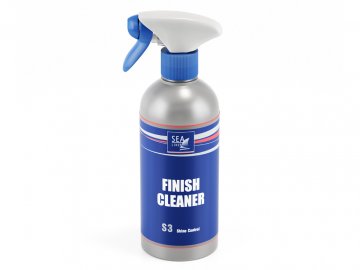
S3 FINISH CLEANER – SHINE CONTROL is a product for all types of paints,varnishes – including HS, 2K, nitro, synthetic […]
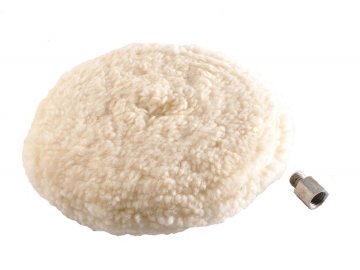
The type of polishing applicator determines the efficiency of removal of defects. Depending on your needs we offer wool lamb […]
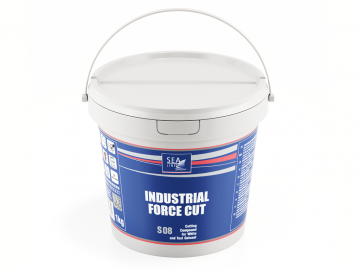
Primarily designed for the companies which produce goods or forms made of gelcoat or an industrial topcoat with a high […]
We recommend to always sand the surface between applying two different products to ensure uniform surface roughness and adhesion of subsequent layers. The sanded surface should also be cleaned and degreased.
There is a possibility of thinning antifouling, but we do not recommend this procedure due to the risk of reducing the effectiveness of the paint. If it is necessary to thin the antifouling paint, it is recommended to dilute it to a maximum of 0-5% (by volume).

Refilling and to tackle inequalities caused by damage to or during the course of production

Protects boat surfaces from the effects of destructive activities osmosis and corrosion

Provide an aesthetic and a perfect look of the boat also protective against water and UV radiation

Protect the hull from fouling with algae and shells

Effectively remove scratches, refresh the color of gelcoat or paint, fast shine effect

Special preparations for effective cleaning and refinishing

Laminating, gluing and filling in cracks in gelcoat

Range of products useful in the boat builder work